 Peter Pike
(1918 - 1989)
Peter Pike
(1918 - 1989)
Captain H Phantom Squadron
1943 - 1945
Commission Norfolk Auxillary Unit 1940
Captain H Phantom Squadron 1943 - 1945
More information by Mark Palmer
Background to the Phantom Squadrons
Commission
Norfolk Auxillary Unit 1940
On 22nd June 1940, Peter Pike was commissioned into the Norfolk Auxiliary Units, which were part of the Royal Norfolk Regiment. Between 1940 and 1943, Lieutenant Pike was assigned command of the East Norfolk Scout Section, the role of the Scout Sections being to 'go to ground' if a German invasion was to occur. The headquarters of the East Norfolk Scout Section was the Beech House, Wroxham, Norfolk.
The Scout Section had use of a Platoon truck for transport and Pike also had use of a private car. During this time, Pike met fellow Auxiliary Unit member David Niven, and they enjoyed playing the board game backgammon together.
Return to top
Captain
H Phantom Squadron 1943 - 1945
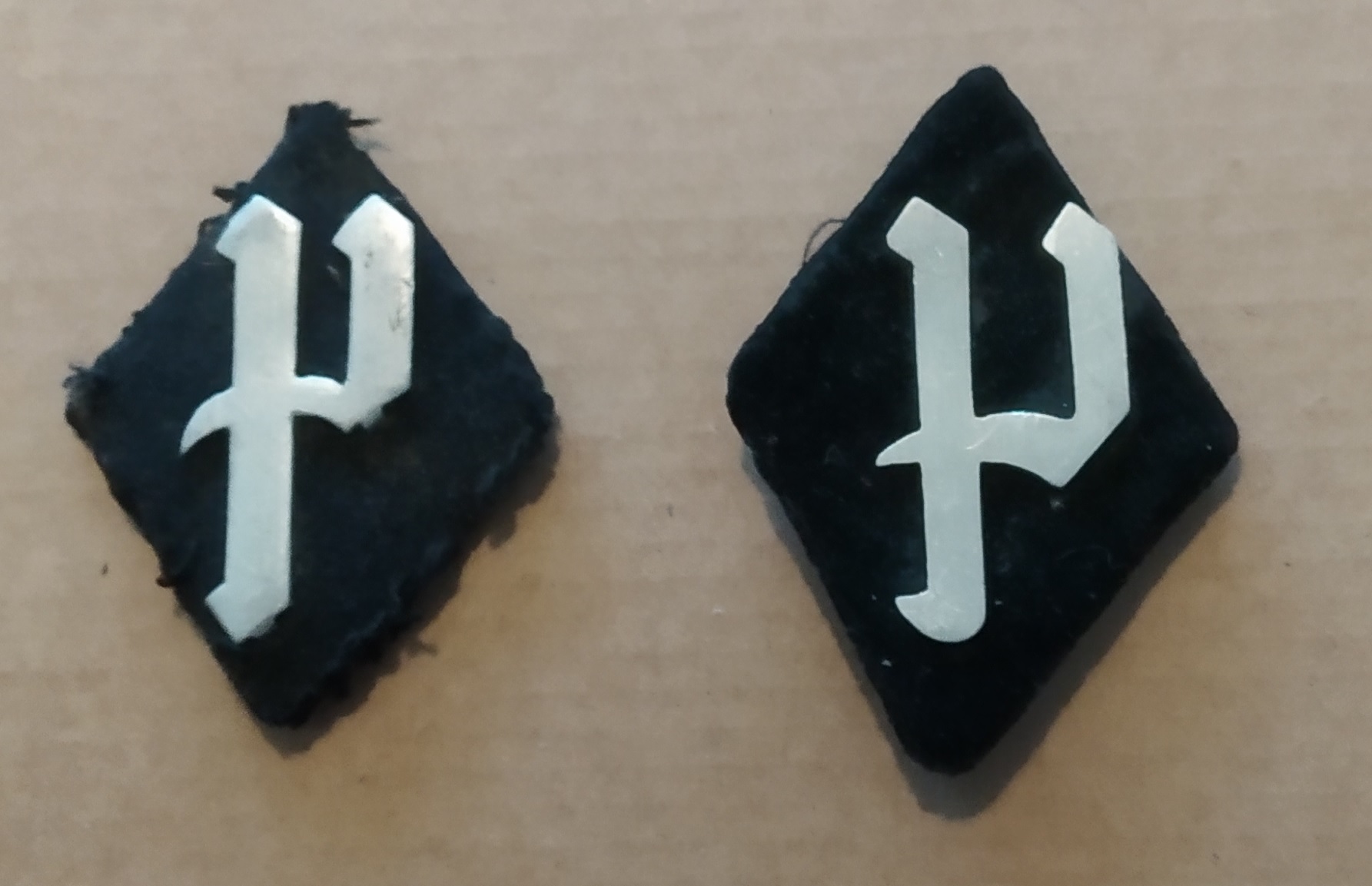
In mid-1943 the Auxiliaries were disbanded and Pike was assigned to the Phantoms as Captain of H Squadron, based in Lebanon. (Niven became Major of A Squadron.)
On 10th July 1943, the Allies Italian campaign started with the invasion of Sicily, code named Operation Husky.
On 3rd September 1943, under Montgomery, the forces of the British Eighth Army landed in the 'toe' of Italy in Operation Baytown.
Between January and May 1944, the combined offences by the Fifth and Eighth Armies, allowed the Allies to advance up Italy towards Rome.
In June 1944, Rome fell to the allies and Phantom headquarters moved to Frascati, south-east of Rome, taking H Squadron's HQ with it.
Included in the photo are Major Power,
Captain Peter Pike and Gordon Turvey
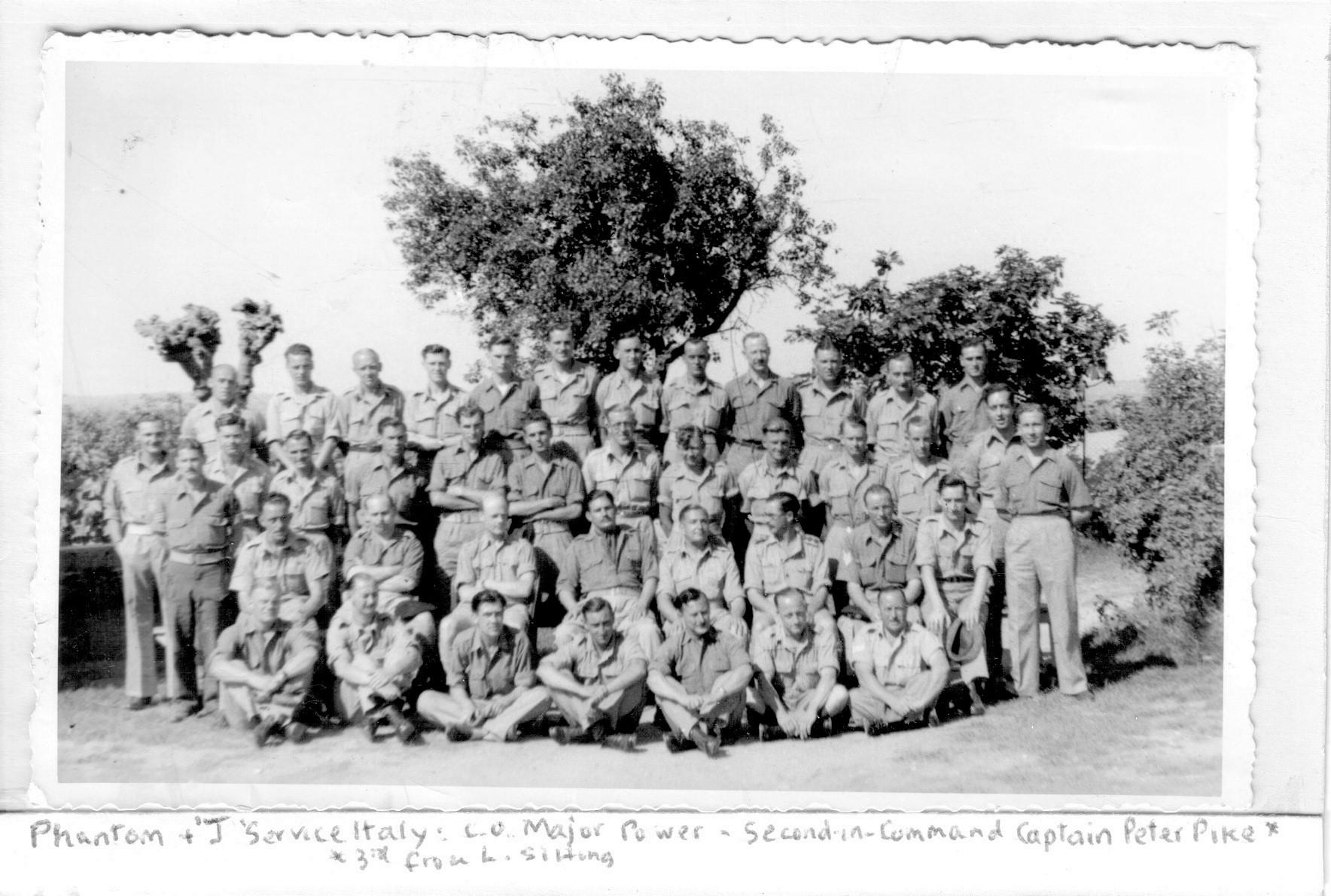
In August 1944, Phantom's squadrons were assigned as follows...
* Bell's squadron with the Canadians
* Oliver's squadron with the Poles
* McBain's squadron with
5 Corps
* Tony Forster's 'Free Foresters' squadron with
13 Corps
* Peter Pike's squadron with
1st British Armoured Division
* Allan Spiers' squadron with the
New Zealanders
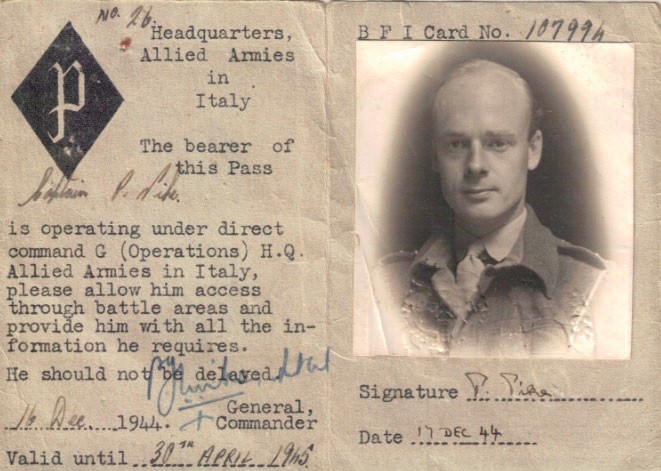
In December 1944, Captain McBain's and Captain Pike's patrols moved south to Caserta, not far from the coastal city Naples.
Return to top
More Information
The following information
was kindly supplied by Mark Palmer
step-grandson of Gordon Turvey
My grandfather Gordon Turvey was firstly a trooper with the 12th Lancers and then recruited with Phantom.
Grandad was with the Phantoms during the fall of France, was sent to North Africa with K Squadron, and was sent to H Squadron in November 1943, to fill the unit before they moved up through Italy.
It looks like Peter Pike was in the Auxiliaries until mid-1943, before they were disbanded and then joined Phantom.
The Auxiliary Units would have been locally based secret units, so Peter would have remained in Norfolk during this time, as the Auxiliary Units reduced it's regular manpower in the Scout Sections until about April 1943.
part of Phantom, Lebanon 1943
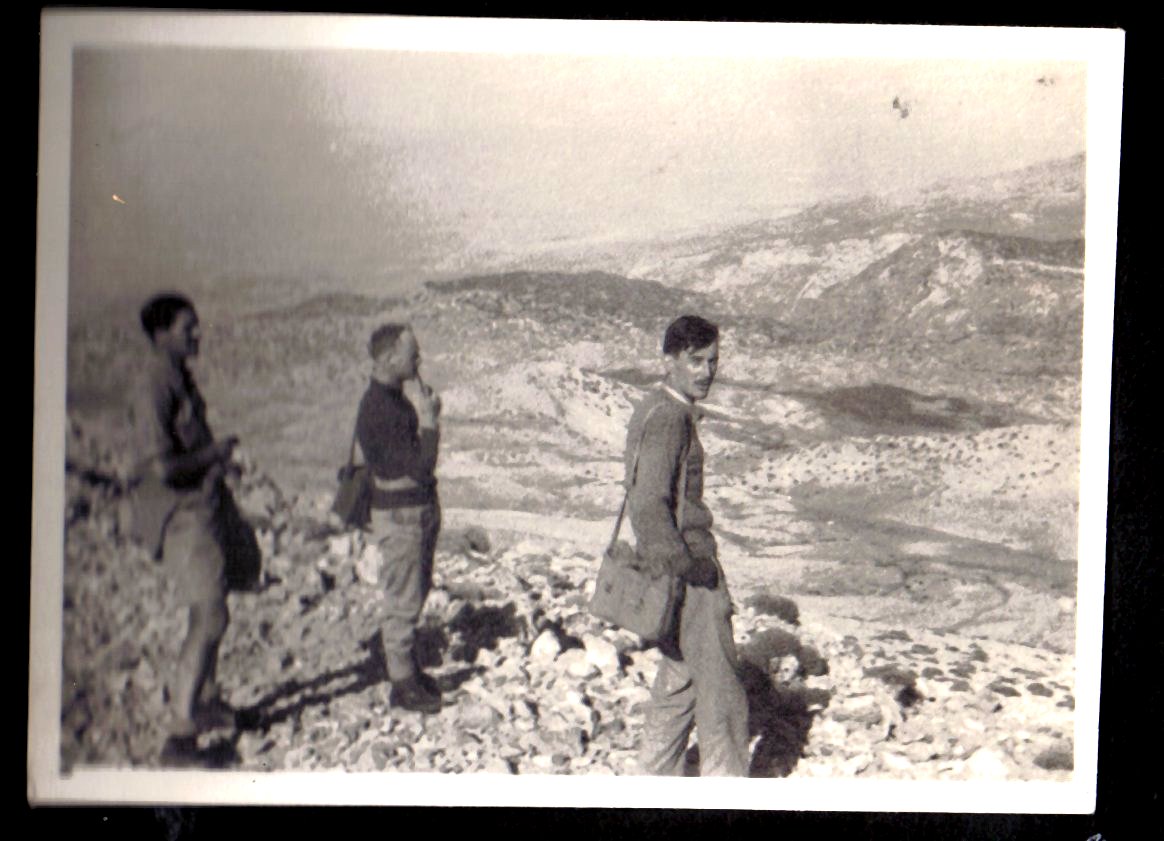
Pike is on the Officer distribution for E Squadron on 14th September 1943, however he is never mentioned as joining in their War Diary. However, K Squadron's War Diary says that he was attached on 28th September 1943.
Pike then volunteered to remain in the Middle Eastern Forces and join H Squadron as one of four officers and 35 other ranks on the 26th October 1943 (my grandad Gordon Turvey being one of the other ranks).
Lebanon 1943
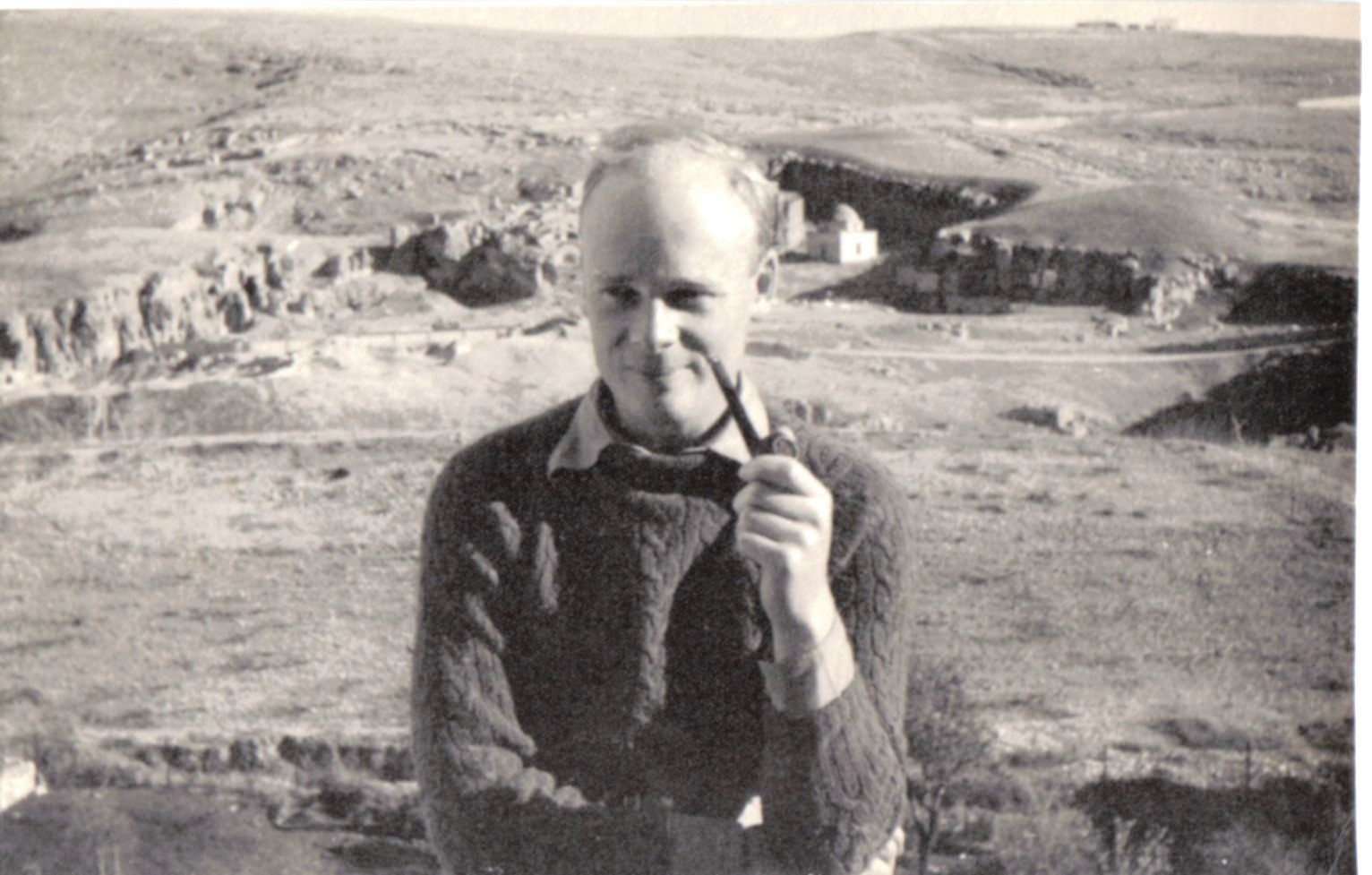
They arrived with H Squadron on the 25th November 1943. The photo here of him will be in the Baalbek area, East of Beirut between then and the end of the year, before they were mobilised by the 9th Army and moved all the way to Benghazi, ready to move to Italy.
Return to top
Background
to the Phantom Squadrons
The purpose of the GHQ Liaison Regiment (known as Phantom, with each squadron designated by a letter), was to obtain information at the battleground front lines.
The regiment's headquarters were at The Richmond Hill Hotel, in Richmond, Surrey and its base, including the officers' mess and billet, was at Pembroke Lodge, a Georgian house in Richmond Park, London. Phantom training was based at Ipswich, Norfolk, England.
In 1941 and the first half of 1942, H squadron was the only part of the regiment to see active service. H squadron's base for two and half years was the camp at Mena, near Giza, Egypt.
In October 1941, H squadron was ready for desert warfare and began their operations in Palestine and Syria.
A Phantom squadron would typically be equipped with Norton motorcycles, Willys MB Jeeps, Morris 15cwt trucks and White M3 A1 Scout Cars, and carried a 107 Receiver, 52 and 19 Radio Sets. A patrol would plan to carry 1,000 miles of petrol and a fortnight's worth of rations.
During the Second World War, Phantom squadrons were deployed in North West Europe, South East Europe, North Africa and Italy.
By 1944, Phantom, or to use its official name, GHQ Liaison Regiment, had grown considerably. There was now a squadron for each army, a captain’s patrol for each corps and a subaltern’s patrol for each division.
Phantom kept headquarters informed of the location and operations of all units. Although this information would eventually reach GHQ by normal methods, Phantom provided it almost instantly. This was vital for fast moving mobile warfare.
When the Second World War ended in 1945, the structure of the British Army was reorganised and the Phantom Squadrons were disbanded.
Return to top